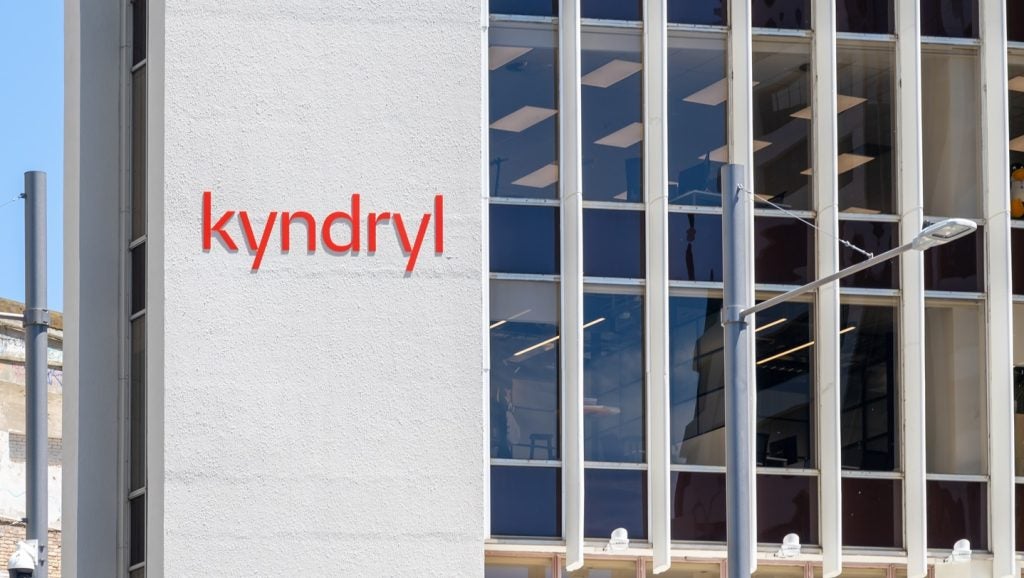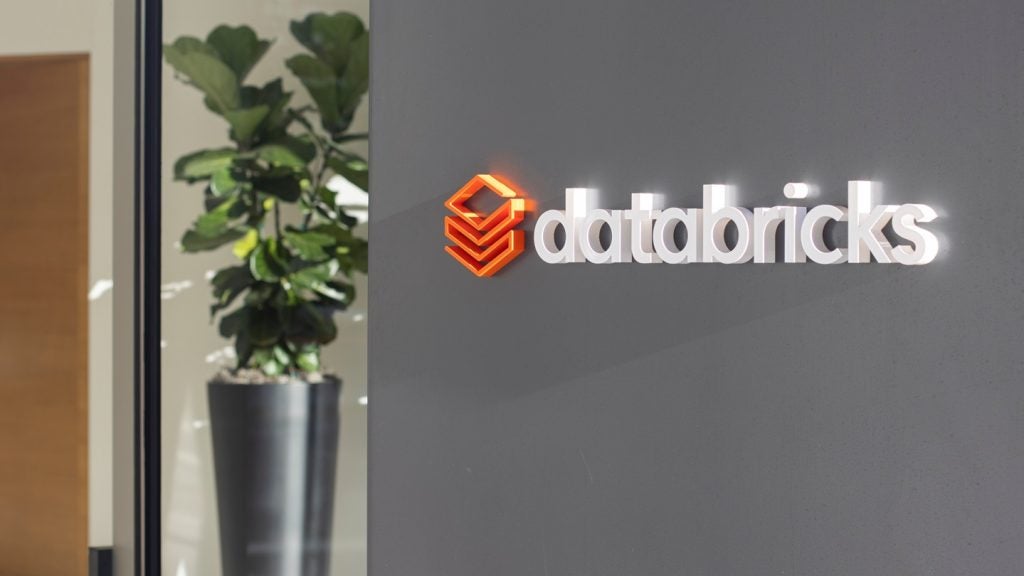
In the world of fintech (financial technology) it sometimes appears that the sector didn’t begin until after the global financial crisis in 2008.
Reasons such as the greedy nature of the banks and the lack of support for customers are often given as to why the financial sector badly needed changing over the past 10 years.
However, we sometimes forget the first fintechs that came along. Whether that’s Paypal in the US or the start of the peer-to-peer lending industry (P2P) in the UK, financial services were changing long before the global recession hit.
The P2P industry is celebrating its 13th birthday this year. With big changes afoot in its major players such as Zopa, as well as Funding Circle, what is next for P2P lending?
P2P’s UK beginnings
P2P began following the launch of Zopa, a consumer P2P lending platform, in 2005. “There was an understanding then that consumers weren’t being looked after very well by banks,” explains Zopa’s co-founder and non-executive chairman, Giles Andrews. “That was quite forward-thinking. This was before the PPI scandal, or the interest rates scandals, or 2008.”
The business grew albeit relatively slowly for the first three years. However, it was its emergence post-financial crisis that allowed Zopa to prove that P2P lending was here to stay.

US Tariffs are shifting - will you react or anticipate?
Don’t let policy changes catch you off guard. Stay proactive with real-time data and expert analysis.
By GlobalDataAndrews says:
“We had a track record, built up a reputation for being very prudent and lending money wisely, so we had effectively no credit losses in the first three years of our operations.
“That gave us an opportunity to tell our story and the growth in the business really accelerated.”
Zopa grew and was joined by the likes of Funding Circle, which offers business P2P loans. Then, companies like RateSetter, Crowdstacker, and MarketInvoice, of which Andrews is also a non-executive chairman, also sprung up.
As well as spearheading the launch of P2P lending, the UK has been at the forefront of promoting the industry’s regulation. Zopa, Funding Circle, and a third company, RateSetter, teamed up to create the Peer-to-Peer Finance Association (P2PFA).
Robert Pettigrew, director of the P2PFA, was appointed the director of the association two years ago.
He tells Verdict:
Most of the financial services landscape has remained largely unaltered for 200 years or so in the terms of the fundamentals of the model. P2P is actually providing a disruptive force in that it is good for the consumer, good for investors. It’s an exciting time to be involved.
P2P in the world
Whilst 84 percent of P2P lending activity in Europe is concentrated in the UK, new ventures on the continent are starting to pick up the slack.
One of the biggest platforms is Twino, started in 2015 in Latvia by Armands Broks. The organisation has lent about $143m over the past three years, in 30 countries across Europe, such as in Poland, Czech Republic, and Russia.
Broks originally started his original consumer lending platform, Finabay, in 2009 after seeing the pickup in digital lending.
Broks, now Twino’s group chief executive, says:
At one point I understood that investors would also be interested to invest in consumer lending as they’re looking for higher returns. I saw an opportunity to connect both parties; investors and borrowers.
Broks says he benefitted from the 2008 financial crisis because everyone else was running from the markets and the banks stopped lending out. “We were one of the only solutions, that helped a lot,” he says.
Since launching, Twino has lent money to a few million customers and has around 10,000 investors on board.
“Investors are really happy that they can invest in consumer lending and they believe in our scoring and know-how. When banks are offering almost nothing, we are promising quite high returns and they believe in us.”
It also helps Twino that it is the stand out P2P lender in the markets it is in. The company uses this to its advantage.
We are exploring new markets and going to places where everyone else is afraid to go.
How is the sector growing up?
For companies like Twino and Zopa, they can only grow so much before they hit the ceiling for P2P lending. It’s interesting that both companies are pursuing a new method of growth – by pivoting into challenger banks.
“We know all about lending and are still lending but we would like to offer cheaper funds which could come with a banking license, so that’s the direction we are seeing ourselves go,” says Broks.
Twino is looking for an institutional investor for the first time in order to achieve a banking license. Broks says the company wants either a partner who has achieved a banking license before or would go for a joint venture for an existing bank.
The company is in discussions with Estonian regulators and Latvian regulators at the moment. Establishing a new bank in Latvia would be a big departure. “There have been no challenger banks in Latvia for the past 20 years – there are more banks closing than opening currently,” he says.
Despite the challenges, Broks says it makes sense for Twino to go down the banking license path.
We’re currently in a sector offering higher rates but the sector offering lower rates is almost 10 times bigger. As well, it’s a more sustainable sector. We see big potential there for Twino, which is why we need a license to go there.
For Zopa, the company’s pivot to a bank would allow it to become part of the mainstream, as well as the chance to offer more products to customers, such as credit cards.
Andrews says:
“We can effectively increase the range of products we can offer and also increase the addressable markets we can serve. The credit card market is bigger than the unsecured loans market.
“I think there is an opportunity to be disruptive in our value and service propositions in the same way there has been in unsecured personal loans.”
The P2P side of the business will operate alongside its new banking operations, with continued investment and development.
Of course, this is all dependent on the Prudential Regulation Authority (PRA) granting Zopa a banking license. The company put its application in at the end of 2016, but Andrews is confident it will come through.
“Zopa was the first of the big P2P lending platforms to be authorised by the FCA. I think that speaks to the fact that we run a very compliant, well organised, business. And that suits us on our journey to getting a banking license.”
In addition, there are rumours that Funding Circle is going for a £1bn initial public offering (IPO) later this year. Funding Circle told Verdict it couldn’t offer any guidance or comment on the rumours at the moment.
This demonstrates that the industry is moving forward and growing in different ways.
Pettigrew says:
It’ll be interesting to see what happens as platforms reach the kind of scale that leads towards perhaps change in corporate structure or other approaches to the market.
Will the P2P lending industry grow any bigger?
In 2016, UK P2P companies lent over $9bn in total, an increase of 67 percent on 2015’s figures. Despite this, the industry is still relatively low-key.
P2PFA’s outgoing Chair, Christine Farnish, said in an interview last year:
“If you did an opinion poll, you’d still find the majority of people have never heard of P2P lending, so there’s still a big job to do.”
The innovative finance Isa (IFISA) launched in 2016 could go some way to boosting P2P lending. It’s an Isa that contains P2P loans, similar to cash Isas, and allows savers to earn interest tax-free. Despite launching nearly two years ago, it has taken a while for companies in the sector to offer them.
In addition, unless the company offering the IFISA is covered by the Financial Services Compensation Scheme (FSCS), savers could lose their money if something goes wrong.
If Zopa achieves a banking license, savings of up to £80,000 will be covered by the scheme. This will go some way to reassuring savers and investors that their money is safe.
Pettigrew says:
“The IFISA is only starting to gain momentum. The impact that will have on attitudes to investing in long-term products will be interesting.”
However, it’s within the business sector that P2P will see its major growth over the next few years. Last year, the British Business Bank report revealed that small businesses are foregoing growth in order to avoid lending.
Pettigrew adds:
Well, that’s not good for UK growth, that’s not good for the development of SMEs. And it’s not good for the banking sector or the wider financial services landscape.There are big policy things to be done that could deliver enormous growth and P2P has a role to play in that.







